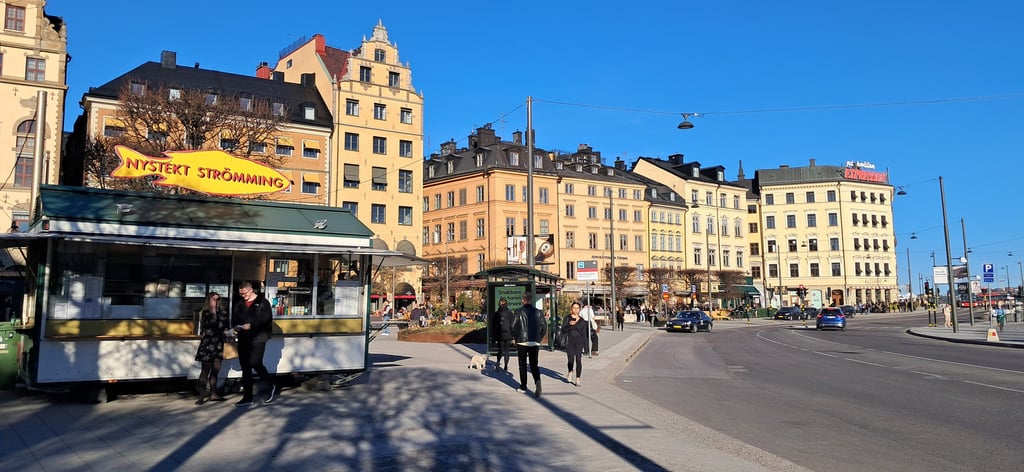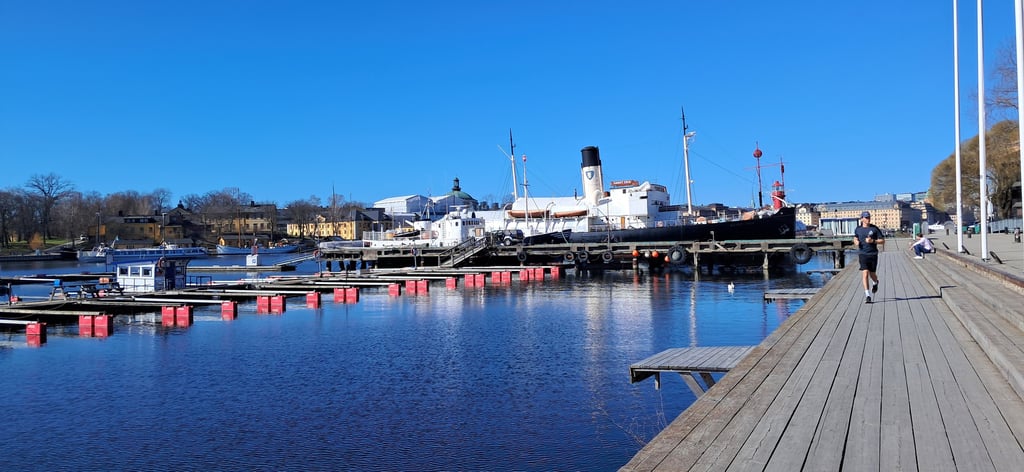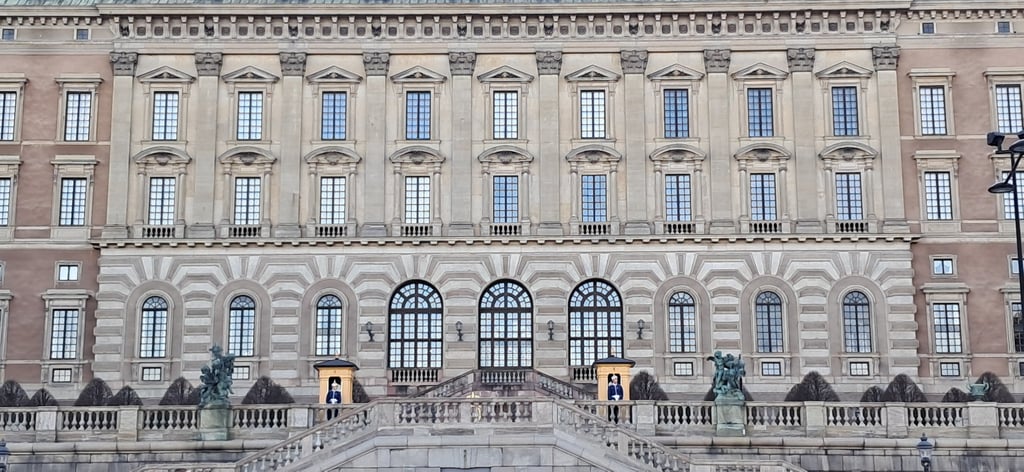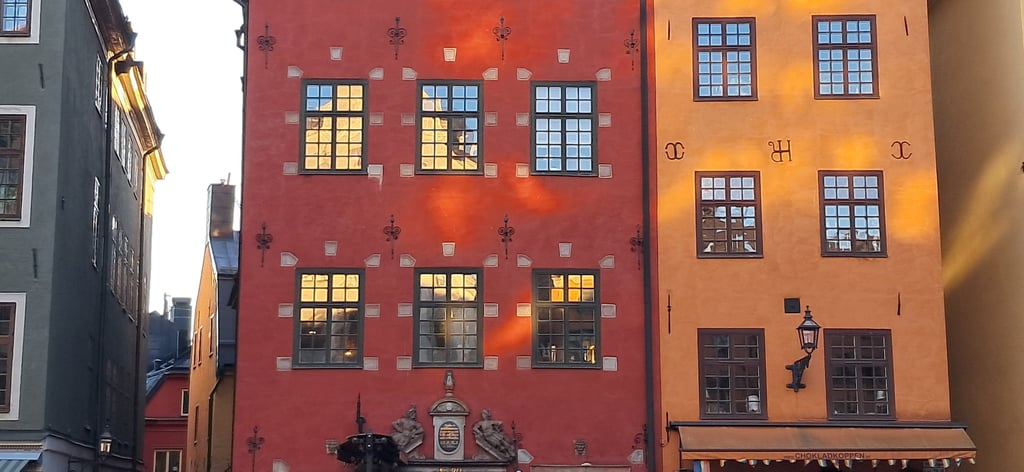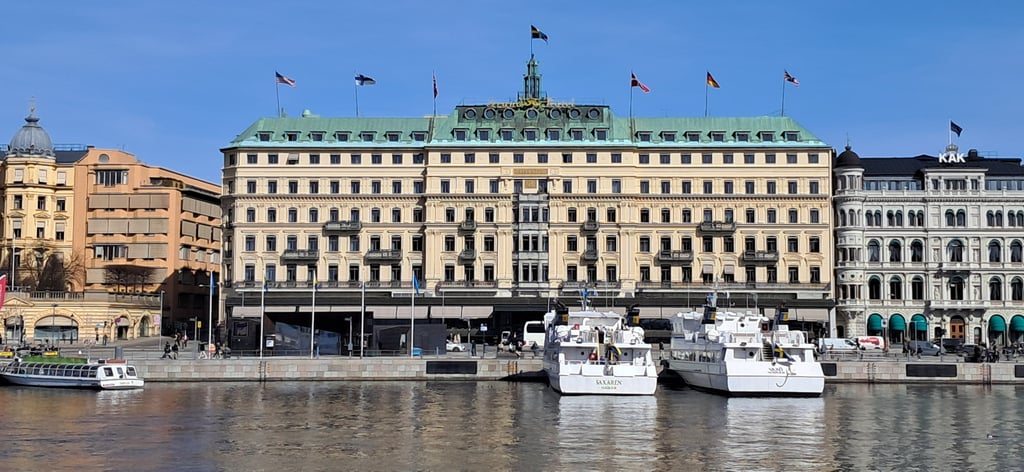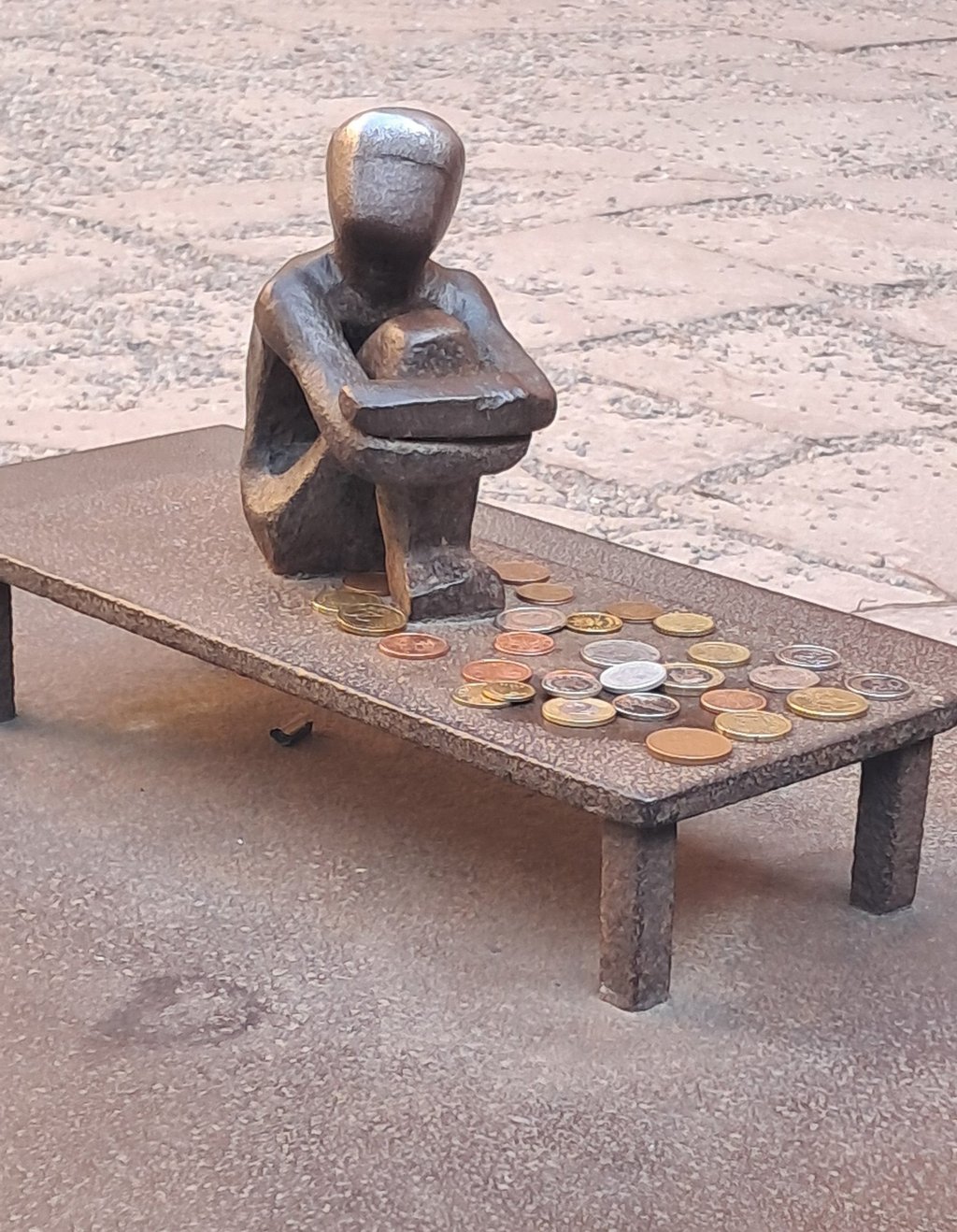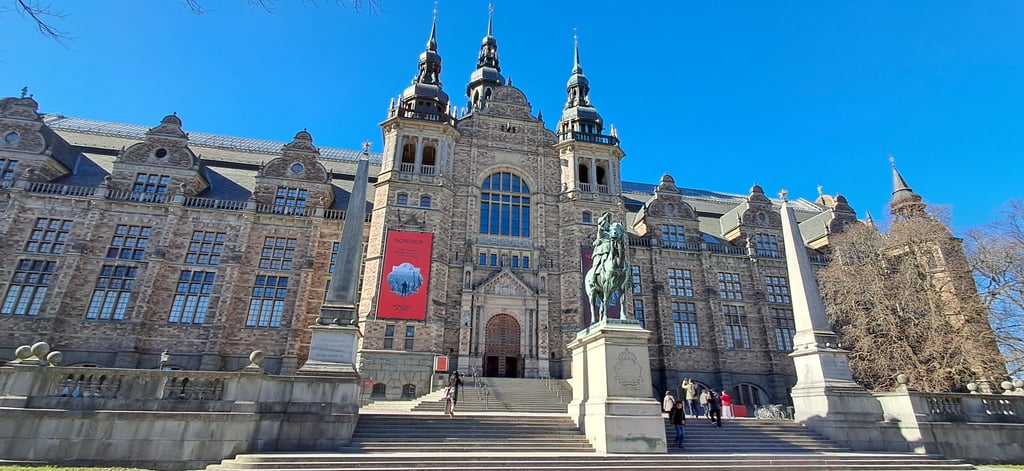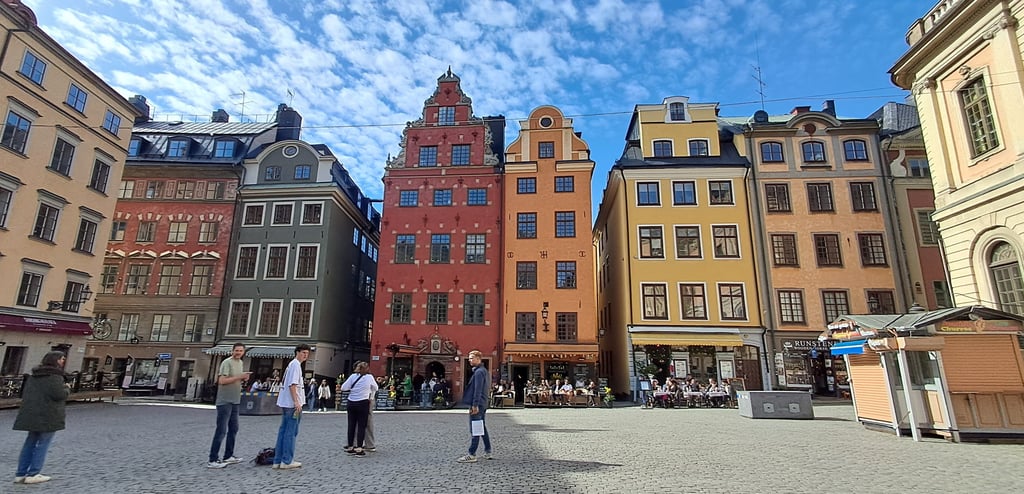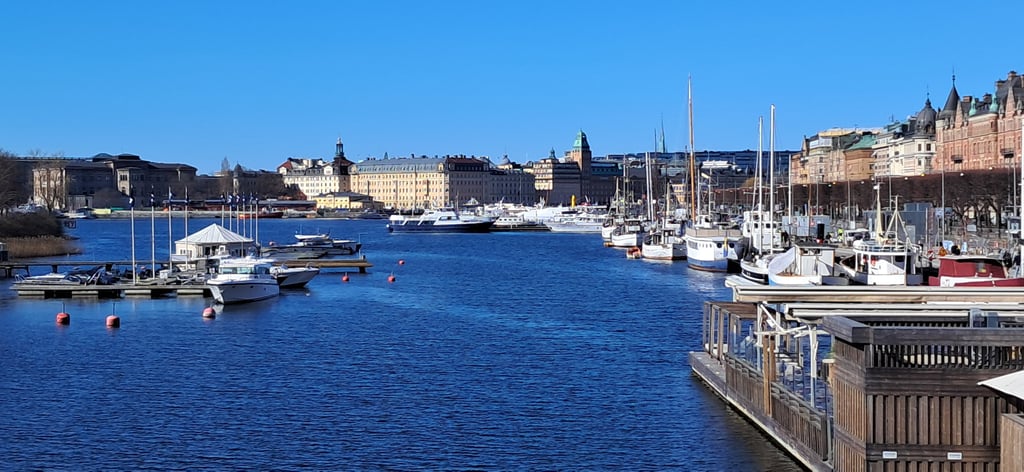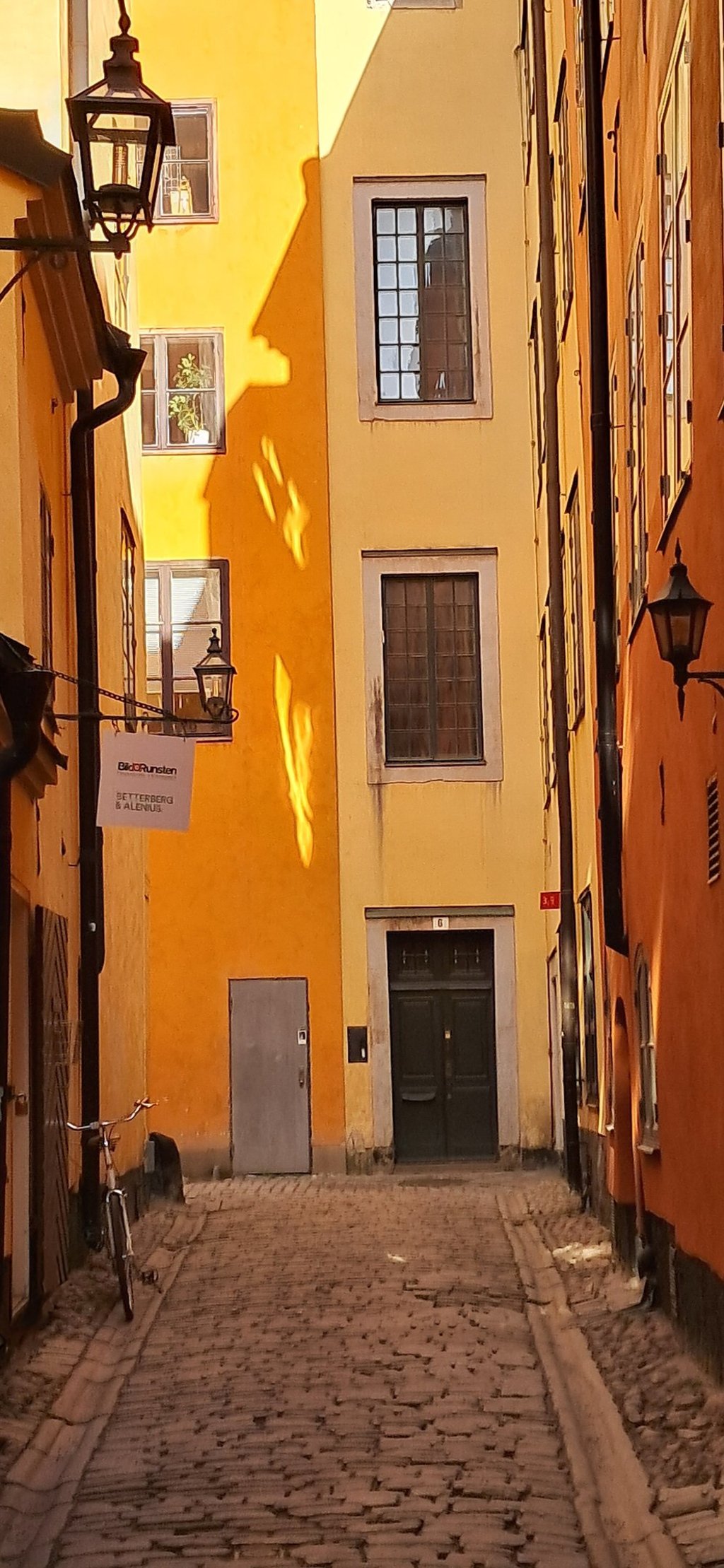Discovering Stockholm: A Serene Journey Through Sweden’s Capital, Ranked Among the World’s Happiest Countries
Stockholm, Sweden’s vibrant yet peaceful capital, offers historic charm from Gamla Stan to the stunning Vasa Museum and beautiful waterfront views. Explore what makes Sweden one of the happiest countries in the world.
4/3/2025
My Europe trip is coming to an end, and I have finally arrived in Stockholm, the capital of Sweden, which is ranked as the fourth happiest country in the world.
On the way from the airport to my hotel, Biz Apartment Bromma, located about 35 minutes from the city center, the scenery outside the window was nothing like what I had imagined a big Nordic city would look like. Instead of tall buildings and a bustling cityscape, I saw a quiet countryside. Soft sunlight gently touched the open fields and red wooden cottages along the road. Everything looked so peaceful and warm. The air felt calm and grounded, wrapping the city in a sense of simplicity.
What surprised me most was not the scenery but the people. Swedish people do not show much emotion on their faces, but they carry a quiet warmth inside. When I went to a store, the staff spoke to me in Swedish without switching to English, even though I clearly looked like a foreigner. That made me feel included. They did not judge me by appearance or assume I was a tourist. I also received help from locals when I asked for directions. It gave me the feeling that people here care about one another.
I also noticed how many fathers were out with their children, pushing strollers or walking hand in hand. It seems completely normal for dads to be involved in daily childcare here. And the people are really tall. When I was shopping, I had to tilt my head back at a forty-five degree angle just to meet the cashier’s eyes. For a moment, I felt like a little dwarf who had wandered into a Nordic fairy tale.
One place I highly recommend visiting in Stockholm is the Vasa Museum.
Seeing the world’s best-preserved 17th-century ship in person was truly breathtaking. The ship sank on its first voyage in 1628 and was recovered over 300 years later, in 1961. Today, it still holds its detailed carvings and decorations, standing like a wooden time capsule from the past. It reminded me of those grand medieval cathedrals that shine with beauty even after hundreds of years.
As evening fell, I wandered through Gamla Stan, the Old Town of Stockholm. Situated on its own island in the heart of the city, it is surrounded by water and connected to the mainland by charming old bridges. Its location was important in the past because it lies between Lake Mälaren and the Baltic Sea. This made it a perfect spot for both trade and defense. The narrow, winding streets are full of history and character, offering a timeless charm that makes you feel like you have stepped into another era.
At dusk, people gathered at outdoor cafés and bars, chatting and enjoying drinks in the open air. I saw sun loungers set up by the waterfront, inviting people to lie back and soak up the golden light. Some were riding bicycles through the alleys, while others picnicked on the grass by the water. At that moment, I felt that people here know how to enjoy a simple and beautiful life. It made sense to me why Sweden is often named one of the happiest countries in the world.
I originally planned to ride the metro and visit Stockholm’s famous art-filled subway stations. But travel fatigue caught up with me, and I decided to rest instead.
Instead, I visited Stockholm’s smallest statue, Järnpojke, also known as Iron Boy. This little iron sculpture is only fifteen centimeters tall. Local legend says that if you gently stroke his head twice, your wish will come true. If mine does, I will definitely come back to thank him. During the winter, locals even dress him in tiny scarves and hats to keep him warm, which I found incredibly sweet.
Stockholm feels clean, quiet, simple, and comfortable. Even the shop staff greet you with a gentle smile, unlike the tired expressions I sometimes see in other bustling modern cities. What surprised me most was that I saw almost no homeless people during my stay. I wonder if this has something to do with Sweden’s strong social welfare system.
This trip made me reflect on why a high-tax, high-welfare country like Sweden has such low levels of abuse in the system. It also made me question why so few countries can successfully follow a similar path. Perhaps when a society is built on trust, people’s actions naturally become more responsible.
